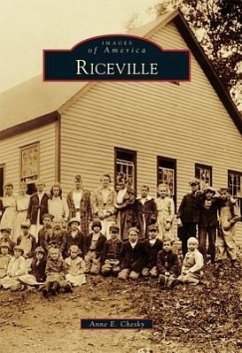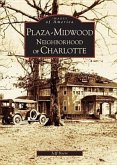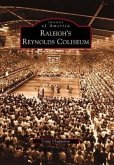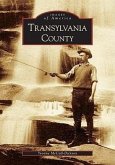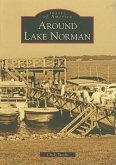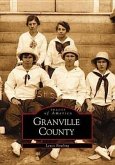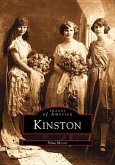Bull Creek Valley was traditionally a hunting ground and, possibly, a temporary settlement for ancestors of the Cherokee. Before the turn of the 19th century, however, it became known as Riceville after the first white settler, Joseph Marion Rice, and his wife, Margaret, built the areas first homestead. Rice, well known for allegedly shooting the areas last buffalo in 1799, put Riceville on the map by opening a stock stand for drovers bringing their animals over the mountain to sell in South Carolina markets. After Rice arrived, more families began to settle in this beautiful valley; their names describe current locations, such as Jones Cove, Shope Creek, Dillingham Circle, Reed Road, and Parker Road. Riceville soon became the center of a thriving community with two schools, several churches, a handful of stores, and two post offices. Today, Riceville is known for its natural beauty"large rolling expanses of farmland and undeveloped tracts of forest.
Hinweis: Dieser Artikel kann nur an eine deutsche Lieferadresse ausgeliefert werden.
Hinweis: Dieser Artikel kann nur an eine deutsche Lieferadresse ausgeliefert werden.

